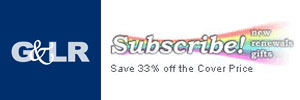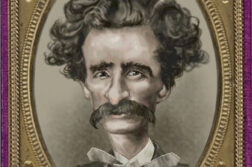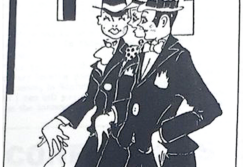CIRCUIT PARTIES are weekend-long, erotically-charged, drug-fueled gay dance events held in resort towns across the country. There’s at least one major circuit party every month somewhere in the U.S.—New York’s “Black Party,” South Beach’s “White Party,” Montreal’s “Black and Blue Party,” and so on—and people travel far and wide to take part. The parties are attended by up to 25,000 gay and bisexual men, who socialize continuously for periods up to and sometimes exceeding 24 hours. Every party has a similar format, with loud music and dancing at its core, spiced with live entertainment from popular singers and scantily-clad male dancers. Circuit parties began in the mid-1980’s as part of an effort to raise gay men’s awareness of AIDS as well as to raise funds to combat the disease and help its victims. To this day, many circuit parties are HIV/AIDS charity events, benefiting a variety of nonprofit organizations. The parties were also intended to stimulate gay community-building and cultural identity formation, and today’s circuit parties have a strong communitarian flavor. There is also a widely recognized social identity within the gay world that’s linked to these events, that of the “circuit boy” or “circuit queen.”
Some observers have suggested that these events create an important sense of community among the attendees, bringing together a wide swath of people from all walks of life in a celebration of “our gay family.” The nexus of sex, drugs, and rock-n-roll creates an atmosphere that’s often described as “tribal,” with revelers referring to themselves as part of a common “tribe.” One party enthusiast I spoke with told me that he considers the parties to be a reunion with his “sprawling gay family from all over the world.” Another proclaimed: “When you band together and join in an event with hundreds if not thousands of friends, you realize you’re not just one person out there. People have been gathering around fires, dancing, and beating sticks together for quite a few years. We’ve just refined the art.” Yet another told me, “There’s an energy that coalesces at a large-scale party that is impossible to describe with words, where a group of two or three thousand individuals becomes like one living organism.” There is a deeply shared reverence for this communitarian experience.
The music and sexual atmosphere of circuit parties contribute to these feelings of community.






